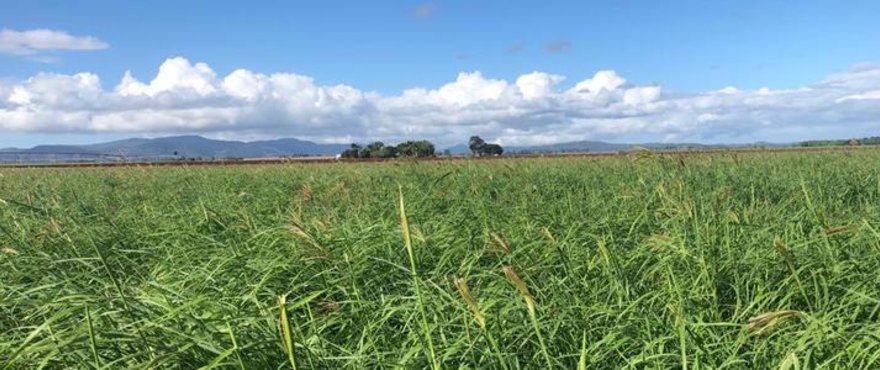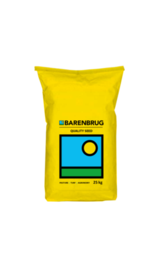Establishment
• October/November or February/March
• Do not plant/cover seed deeper than 25 mm
Soil preparation
• Early preparation helps retain moisture
• Seedbed: clean, even, free of weeds and well rolled
• Many failures occur when seedbeds are too loose and powdery
• Rolling before and after sowing ensures good establishment
• Rhodes grass can be sown on dry soils where the soil is inclined to form a hard crust after rolling
• Subsequent rain will wet the seed for germination
• A light shower of rain followed by long dry period could result in poor establishment
Tolgar
Tolgar is the first multi-use rhodes grass variety to be bred for amenity, revegetation and soil conservation purposes, as well as first class forage and hay production, maintaining drought tolerance but exhibiting an aggressive creeping growth habit rather than being erect. Tolgar has fine textured vegetative growth which is very palatable and is later flowering, giving it the ability to out-yield most other Rhodes grass varieties in the market, while being much more salt tolerant.




